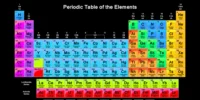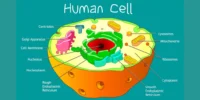Modern Physics is the branch of science that explores the fundamental nature of matter, energy, space, and time beyond the boundaries of classical physics. While classical physics—developed by Newton, Maxwell, and others—explains most everyday phenomena, it falls short when describing the microscopic world of atoms or the vast scales of the cosmos. Modern Physics, which began in the early 20th century, introduced revolutionary theories that reshaped our understanding of reality.
The Foundations of Modern Physics
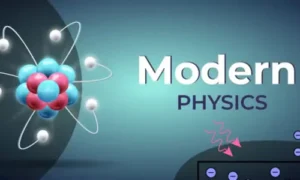
1. Relativity
Proposed by Albert Einstein, relativity redefined concepts of space and time.
- Special Relativity (1905): Deals with objects moving at speeds close to the speed of light. It introduced time dilation, length contraction, and the famous equation E = mc², which shows the equivalence of mass and energy.
- General Relativity (1915): Describes gravity not as a force but as the curvature of spacetime caused by mass and energy. It explains phenomena like black holes, gravitational waves, and the expansion of the universe.
2. Quantum Mechanics
Quantum mechanics governs the world of atoms and subatomic particles. Unlike classical physics, which is deterministic, quantum physics is probabilistic.
- Key principles include wave-particle duality, the uncertainty principle, and quantum superposition.
- It explains atomic structure, electron behaviour, semiconductors, and nuclear reactions.
- Technologies like lasers, transistors, quantum computers, and MRI machines are direct applications of quantum theory.
3. Atomic Structure & Nuclear Physics
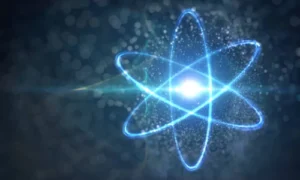
- Discovery of the nucleus by Rutherford (1911) laid the foundation for nuclear science.
- Nuclear physics studies radioactivity, nuclear fission (splitting nuclei, as in nuclear power plants and bombs), and nuclear fusion (combining nuclei, as in stars and hydrogen bombs).
- Applications: medical imaging, cancer treatments, energy production.
4. Particle Physics
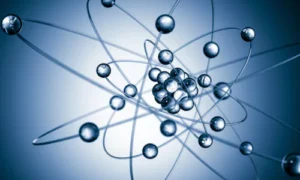
Modern Physics dives deeper into the smallest building blocks of the universe.
- The Standard Model of Particle Physics explains fundamental particles (quarks, leptons, bosons) and forces (electromagnetic, weak, and strong nuclear).
- The discovery of the Higgs boson (2012) confirmed how particles gain mass.
- Still, mysteries remain—like dark matter and dark energy.
5. Cosmology & Astrophysics
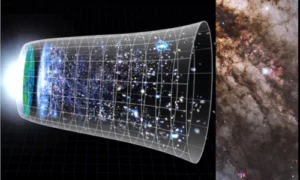
Modern Physics extends to the largest scales of the universe.
- The Big Bang Theory describes the universe’s origin about 13.8 billion years ago.
- Concepts like black holes, neutron stars, and the expanding universe stem from relativity and quantum physics.
- Current research includes exploring the multiverse and the unification of quantum mechanics with gravity.
Applications of Modern Physics
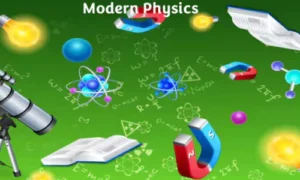
Modern Physics is not just theoretical—it drives technology and innovation:
- Electronics: Semiconductors, transistors, and microchips.
- Medical field: X-rays, MRI, PET scans, and radiation therapy.
- Energy: Nuclear power plants and fusion research.
- Space science: Satellite technology, GPS, and space exploration.
- Emerging tech: Quantum computing, nanotechnology, and advanced materials.
Conclusion
Modern Physics symbolises humanity’s endeavour to understand the universe at its most fundamental level. From the tiniest particles to the distant galaxies, it challenges our understanding of reality and continues to drive technological advances. As scientists investigate outstanding mysteries such as dark matter, dark energy, and the unification of forces, Modern Physics remains at the forefront of discovery, impacting the future of science and industry.



